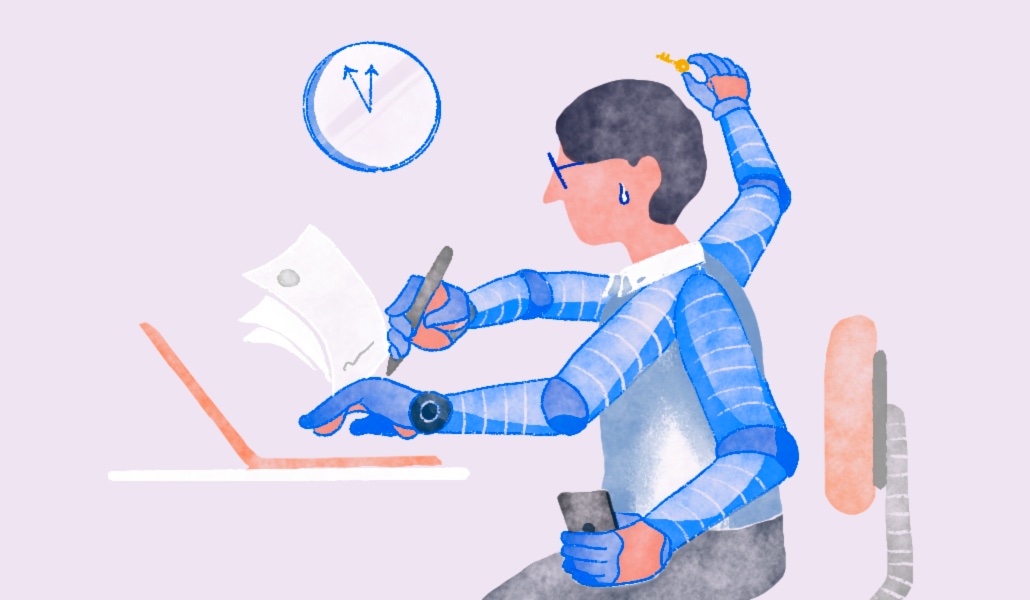How HR plays an essential role in bridging a growing AI divide among employees

As generative AI becomes more entrenched in work life, a deepening divide along age, gender and seniority threatens to derail benefits of the technology — and HR leaders are playing a key role in bridging that gap.
A new study from AI-driven training platform Cypher Learning, based on responses from more than 4,500 workers across the U.S., U.K. and Mexico, finds that while many employees see the potential for AI in reducing repetitive tasks, others feel left behind by the technology — namely, women, older workers and manual workers.
In the meantime, a recent survey from DocuSign reveals that despite the rise of AI, workplace efficiency is getting worse. The average employee now wastes nearly 13 hours per week on repetitive tasks — up from about 11 last year — draining productivity and threatening employee retention, according to the survey, based on responses from 1,800 decision makers across EMEA.
HR departments are seen as vital to digital equity, ensuring that all employees — regardless of age, gender or seniority — have access to the resources and knowledge they need to succeed in an AI-driven environment. With more than 7 in 10 workers believing that AI skills will be essential to their roles within the next five years, per Cypher Learning’s report, the challenge for HR leaders is to ensure no one is left behind.
Transparency is key between HR and employees, argues Eric Mochnacz, director of operations at HR consultancy Red Clover. “If you’re a company using AI, it’s important for you to establish a clear use case for it and articulate how that use case is meant to make processes more efficient, then clearly outline for the employees how and if it impacts their role,” he said. “That way, employees feel confident they aren’t being replaced but merely that your company is now using tools to make their jobs easier.”
AI has already begun to reshape the skills required for many jobs, according to the survey, with 6 in 10 workers reporting that AI has impacted the abilities they need to do their jobs. About half believe AI will have a “major impact” on their jobs over the next two years. Nearly 40% of employees fear they’ll need to retrain in case their jobs become obsolete. That said, a majority of the workforce maintains a positive outlook toward AI, with 67% viewing it as a friend rather than a foe.
Graham Glass, founder and CEO of Cypher Learning, notes that with each technological advance, “trade-offs have had to be made … as jobs and roles shift. But over the long term, these changes generally prove to be for the better.”
The study also points to a significant AI divide based on age, gender and job type. Younger workers, men and senior managers all are more likely to experiment with AI and feel positively about its impact on their jobs, while women, older workers and those in clerical or manual roles express more concern.
Training that is both inclusive and accessible is key, according to Michael Rochelle, chief strategy officer and principal HCM analyst at Brandon Hall Group, a professional development firm. As he put it: “All employees should have the opportunity to benefit from training and support to maximize AI’s value in the workforce.”

